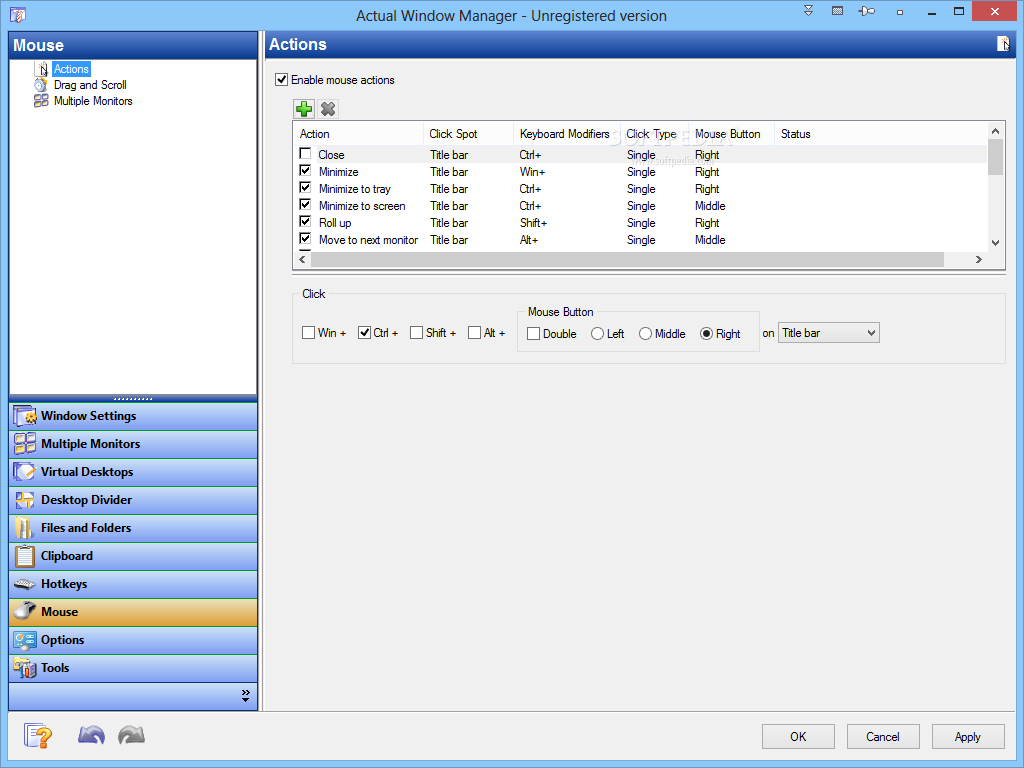

Moreover, TYPE_SYSTEM_ERROR and some few type is deprecated in android api 26. For example, on screens above 600dp, the notification shade, lockscreen, and other system surfaces use a new two-column layout to take advantage of the screen area. WindowManager windowManager = (WindowManager)getSystemService(WINDOW_SERVICE) įor this to work, you will need to add the following permission to your AndroidManifest.xml įor android api version > 23, _ALERT_WINDOW need to request runtime. package import import android.os.Bundle import import . In 12L we’ve refined the UI on large screens across notifications, quick settings, lockscreen, overview, home screen, and more. Define the position of the window within the screen Make the underlying application window visible through any transparent parts Display it on top of other application windows, but only for the current user Shrink the window to wrap the content rather than filling the screen

For example: WindowManager.LayoutParams p = new WindowManager.LayoutParams( Instead you need to display a window from a background service. If you want to create a floating window that is visible in front of other applications, you can't use an activity because your activity will stop when another app comes to the foreground, and its window will be hidden or destroyed.
WINDOWMANAGER EXAMPLE WINDOWS
So normally you don't need to worry about windows - you just create an activity and Android will do the rest for you.īut you need to interact with the WindowManager if you want to do something unusual like create floating windows that don't fill the screen. The default window fills the screen, so that your activity's window hides any other activities - the WindowManager will display whichever window is on top. When you call setContentView on an activity, it attaches that view to the activity's default window. Among other things, it automatically performs window transitions and animations when opening or closing an app or rotating the screen.Įvery activity has a Window that is used to display its content on the screen. You can rate examples to help us improve the quality of examples.
WINDOWMANAGER EXAMPLE CODE
Execution of the code block is automatically restarted when the lifecycle is STARTED again.The Android WindowManager is a system service, which is responsible for managing the z-ordered list of windows, which windows are visible, and how they are laid out on screen. Java WindowManager - 30 examples found.These are the top rated real world Java examples of extracted from open source projects.


To start and stop WindowLayoutInfo data collection, you can use a restartable lifecycle-aware coroutine in which the repeatOnLifecycle code block is executed when the lifecycle is at least STARTED and stopped when the lifecycle is STOPPED. WindowManager provides support for collecting WindowLayoutInfo data using Kotlin Flows and Java callbacks. The WindowInfoTracker getOrCreate() method creates an instance of WindowInfoTracker. The interface's windowLayoutInfo() method returns a stream of WindowLayoutInfo data that informs your app about a foldable device’s fold state. The WindowInfoTracker interface in Jetpack WindowManager exposes window layout information. When your app is fold aware, it can adapt its layout to avoid placing important content in the area of folds or hinges and use folds and hinges as natural separators. To make your app fold aware, use the Jetpack WindowManager library, which provides an API surface for foldable device window features such as folds and hinges. Large unfolded displays and unique folded states enable new user experiences on foldable devices.


 0 kommentar(er)
0 kommentar(er)
